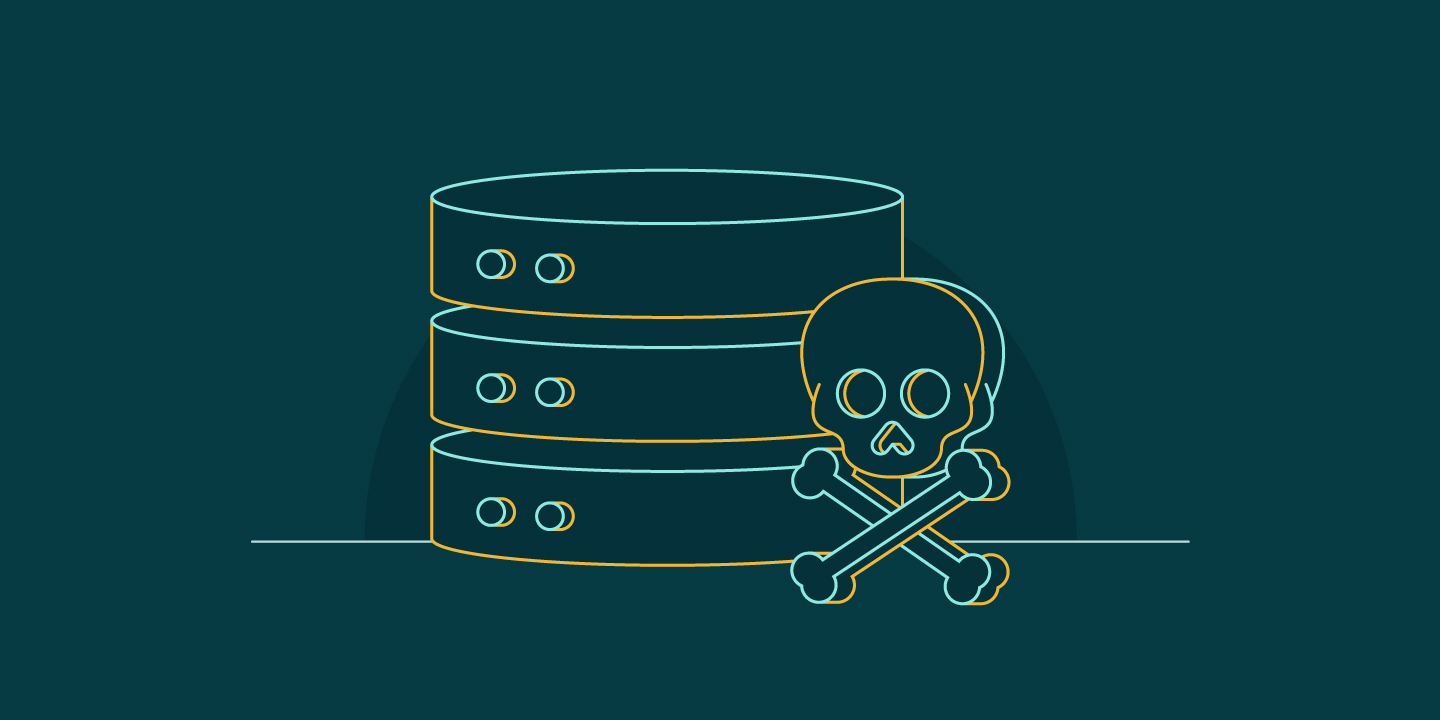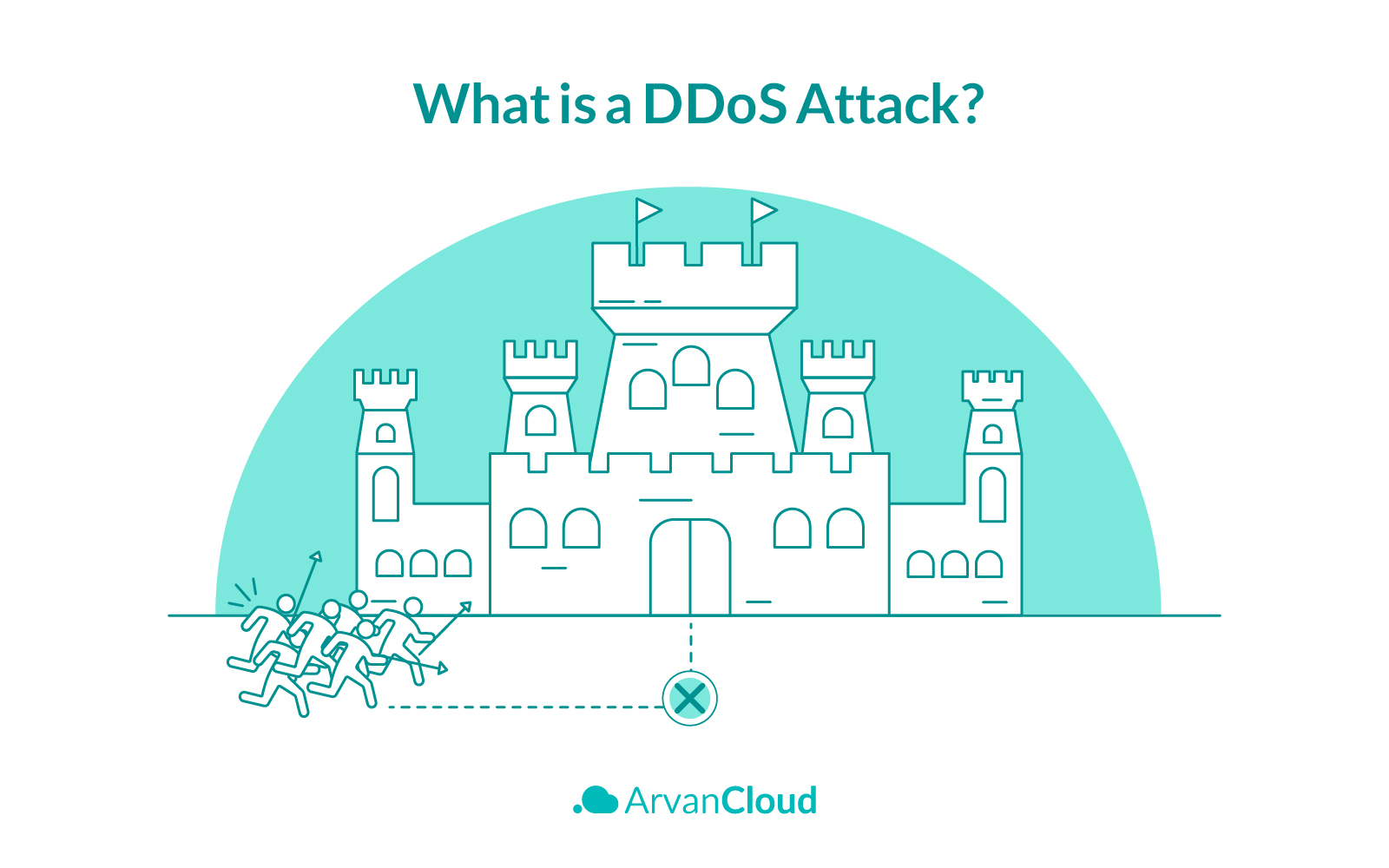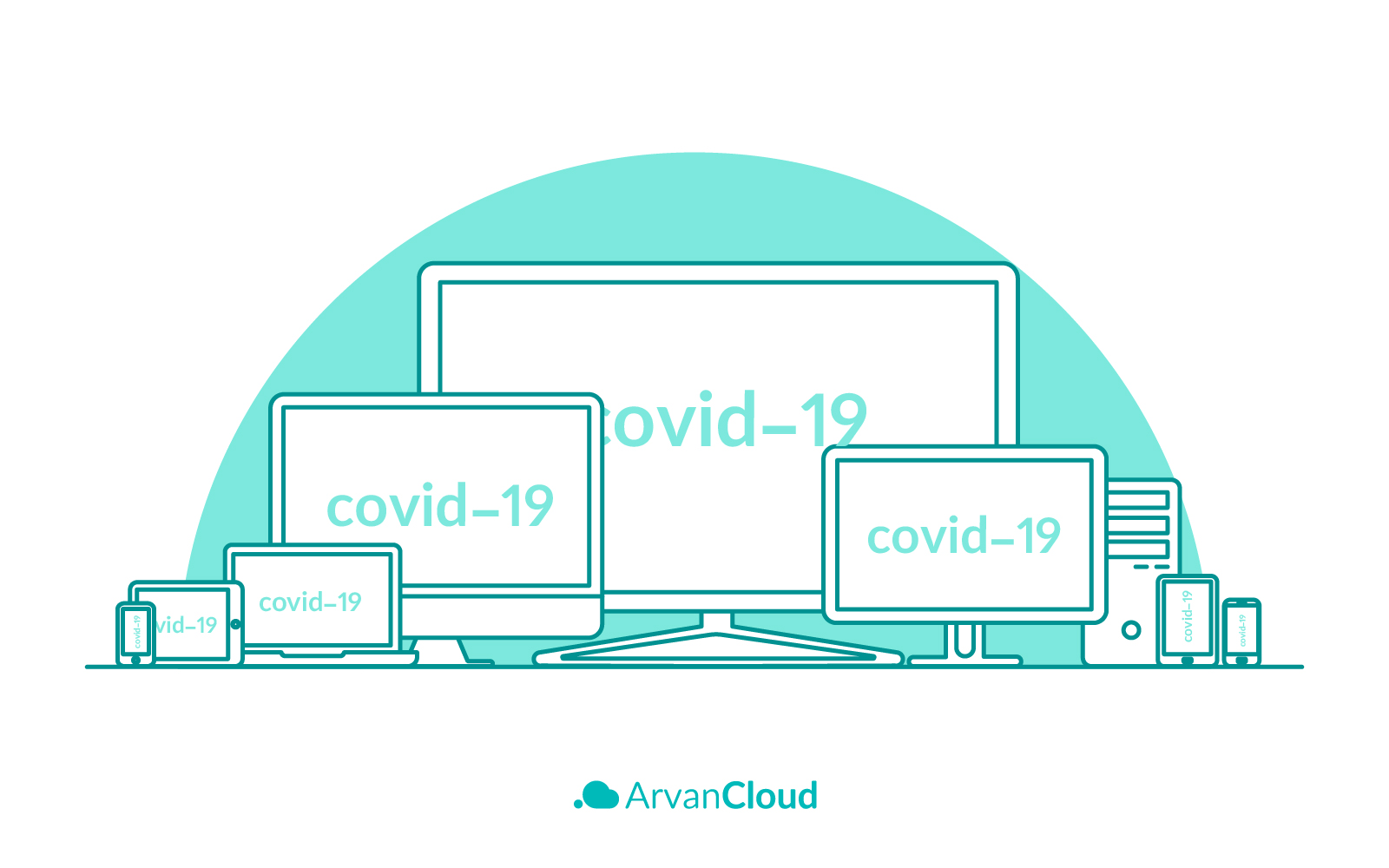
What is your reaction when a website takes a long time to load or a live video has delays? A slow connection or stream can be really irritating, destroying the user experience directly. Speed is important now more than ever. This is the main reason large companies and businesses consider the implications of different methods to influence latency.
Simply put, latency is the irritating delay everyone experienced. This article gives you a better understanding of what is low latency and why low latency is important in today’s world. Later on, there are some useful methods to reduce latency issues and experience better connections and communications.
What Is Latency?
Latency refers to a measure of delay. Generally speaking, It is the time taken to appear on screen from point A to Point B. In a network, latency measures the time it takes for data to get to its destination (ISP servers). This is measured as a round-trip delay, the time taken for data to get to the destination and back again. In streaming, It is the delay or lag between when a video is recorded/streamed in real life and when it is actually displayed on users’ devices and reflected on the screens. Since passing chunks of data from one source to the destination takes time, It builds up at every streaming workflow step. Latency is usually measured in milliseconds (ms).
Latency is measured using these two methods:
Round Trip Time (RTT): It can be measured using the amount of time it takes between when a user requests data from a server and when it returns.
Time to First Byte (TTFB): iT can be measured using the amount of time it takes between when a user sends a request and when it receives its first byte of the data.
Latency has multiple categories. To determine which is adequately suited for an action, it is good to know the differences. These categories include:
Near Real-Time: It is used for video conferencing and remote devices.
Low Latency: It is used for interactive content or live streaming.
Reduced Latency: It is used for live premium content.
Typical HTTP Latency: It is used for linear programming and one-way streams.
What Is Low Latency?
It has been said that latency has a wide latency range, and there are no definite standards to determine what is high and what is low. But generally, it is believed that latency is low “when compared with the average in that field of broadcasting.” In live streaming, low latency is a glass-to-glass delay of five seconds or less. Low latency in network connection refers to a minimal delay in processing computer data over the connection. Lower latency in the network provides closer real-time access with minimal delay times. High latency occurs when it takes longer for a packet of data to be sent to a physical destination. When it takes a short amount of time to happen, it is called low latency.
Why Is Low Latency Important?
Now that you know what is low latency, it is time to determine why low latency is important. A bigger delay means a slower connection. Lower latency is better because it is the delay between taking action and seeing the result. Imagine having a high latency on streams, especially live and interactive experiences with a latency of 30s. This would mean if a user wants to ask a question on the chatbox, the image will show up on the screen 30s later, and the broadcaster would merely be doing something else from 30s earlier.
Low latency provides a reliable and robust connection, which reduces the connection loss, delay, lags, or buffers. It is critical for many businesses and industries that rely on real-time applications or live streaming, including banking, diagnostic imaging, navigation, stock trading, weather forecasting, collaboration, research, ticket sales, video broadcasting, and online gaming.
Bandwidth is defined as “the volume of information per unit of time that the Internet can handle.” High latency directly impacts the bandwidth. High latency decreases the bandwidth, and users won’t send any new packet for long, and they won’t be able to send as much data. As a result, throughput growth.
Many companies use Cloud-based tools to share/store data, work on projects, and communicate.(You Can Also Read Our Article: cloud solutions for small business). High latency will change the network connection and cause unpleasant lags and delays.
If one of the businesses’ collaboration applications faces high latency, it will change productivity and profit. High latency can cause the application to stop working; a meeting might be halted, people need to wait to download or load everything, and even live streaming won’t be possible due to slow loading times.
What Causes Network Latency?
Now that what is latency has been answered. It is good to know that some limitations are beyond control to achieve low latency, and some other features can be fixed. Latency is caused by many factors such as the hardware, Internet connection, remote server location, type of camera, streaming server, video player, and more. The following are some applications to achieve a better low latency.
1. Cause of Network Latency
Four primary reasons can affect network latency times.
- Transmission Mediums: The nature of transmission mediums, including WAN or fiber optic cables, can cause some limits that affect latency.
- Propagation: This is the amount of time a packet of data takes to travel from a specific source to another.
- Routers: Routers take time to add additional information and analyze the header of the packet.
- Storage: This delay happens when a packet is stored, resulting in a delay based on intermediate devices such as switches and bridges.
2. Cause of Live Streaming Latency
Here are some of the significant features that can influence live streaming latency:
- Bandwidth: Higher bandwidth means faster Internet, less congestion, and quick data processing.
Connection Type: Types of connection (optic fiber, wireless Internet, etc.) can affect transmission rates and speed. - Encoding: The encoder must be optimized to send signals to receiving devices with less delay possible.
Video Format: When the file sizes are large, they will take longer to transmit via the Internet, causing high latency. - Distance: Being at a further distance from the ISP, satellite, or Internet hun can cause high latency.
When Is Low Latency Essential?
Low latency is much more needed in some situations for a better result. Here are the most critical cases where low latency is absolutely required.
Two-way communication streams: Once planning live streaming, Q & A sessions, chatting, low latency plays a significant role in user experience. Otherwise, users will leave the connection.
Online Video Games: Online games need action in real-time on the player’s screens. Any lags, delays, and latency issues will change the gaming experience.
Live Auctions: Remote live auction makes it possible for anyone to bid from home through video conferencing or video chatting. Low latency improves the connection, and bidders can participate with the event and people in real-time and location.
Video Chat: In video chatting, a simple lag or interruption can cause a temporary communication breakdown. For that, fast data transmission and low latency are needed for both sides of the chat to experience a seamless conversation.
How to Reduce Latency?
There are a few ways to reduce latency described below.
1. Using CDN
CDN can bring resources closer to users by caching data in multiple geographically distributed locations. Once cached, the users’ requests will be sent to the nearest Point of Presence to retrieve the required data.
2. HTTP/2
Employing HTTP/2 reduces the server latency by minimizing RT from the sender to receiver and parallelized transfers.
3. Browser Caching
Browser caching can cause low latency. Browsers can cache the specific resources of a website locally to improve latency times. This will decrease the number of requests back to the central server.
4. Less External HTTP Requests
Decreasing the number of HTTP requests includes images and other external resources (CSS o JS). The external HTTP requests can increase latency related to the third-party server’s speed and quality.
5. Prefetching Methods
Prefetching web resources can improve the website’s perceived performances. With this method, the latency intensive processes are located in the background when users are browsing a specific page. As a result, the loading will be faster.
Wrap Up
In this article, we tried to answer what latency is and how it is important. It is, without a doubt, an inevitable part of today’s digital and networking environment. It isn’t possible to completely eliminate it yet, but there are some methods to reduce and decrease it, which were mentioned above. They will help you to improve page load, streaming quality, and performance.
However, if you are looking for a more effective way, the ArvanCloud Live Streaming Platform, which is integrated with CDN, can help you achieve a better connection. Check out ArvanCloud CDN service and other cloud-based solutions to improve your website and application response down to less than ten milliseconds, which can be worth millions of dollars in gained profits.








